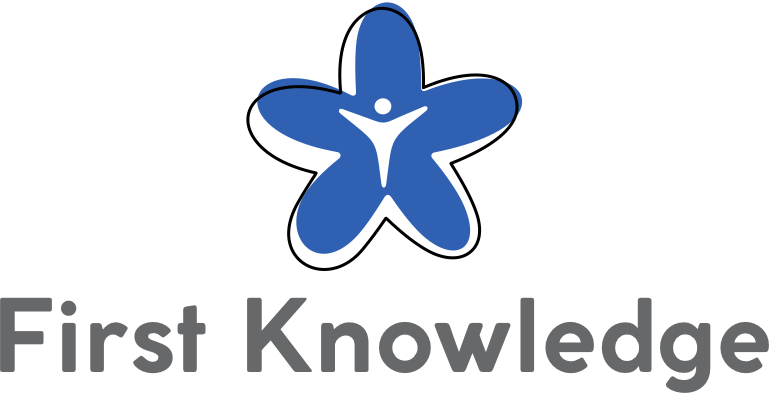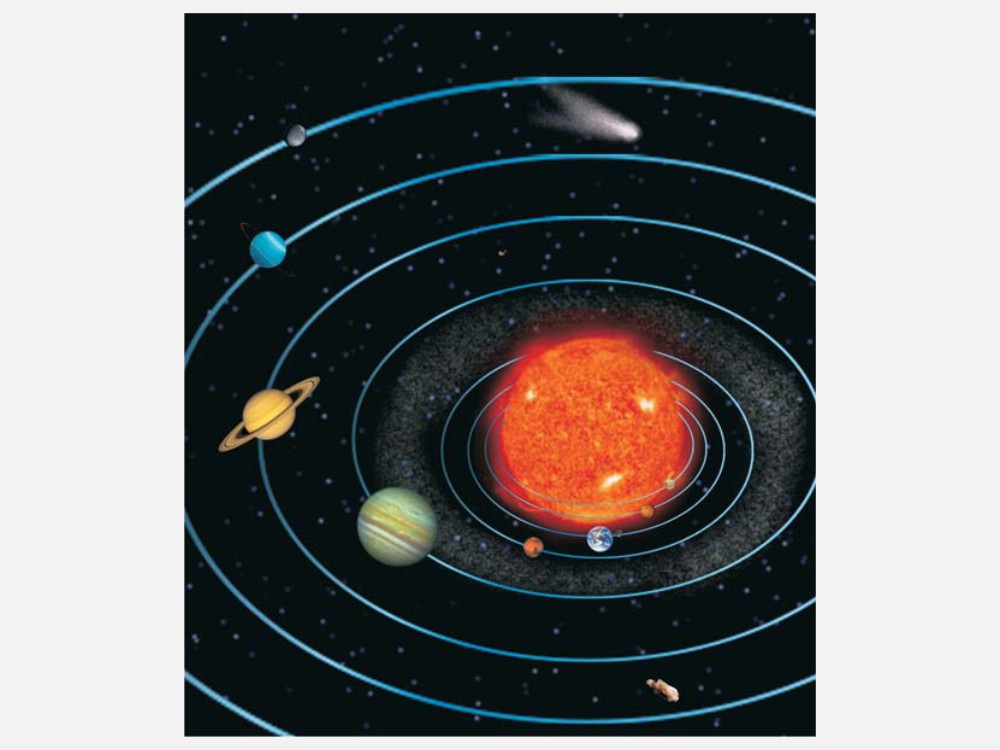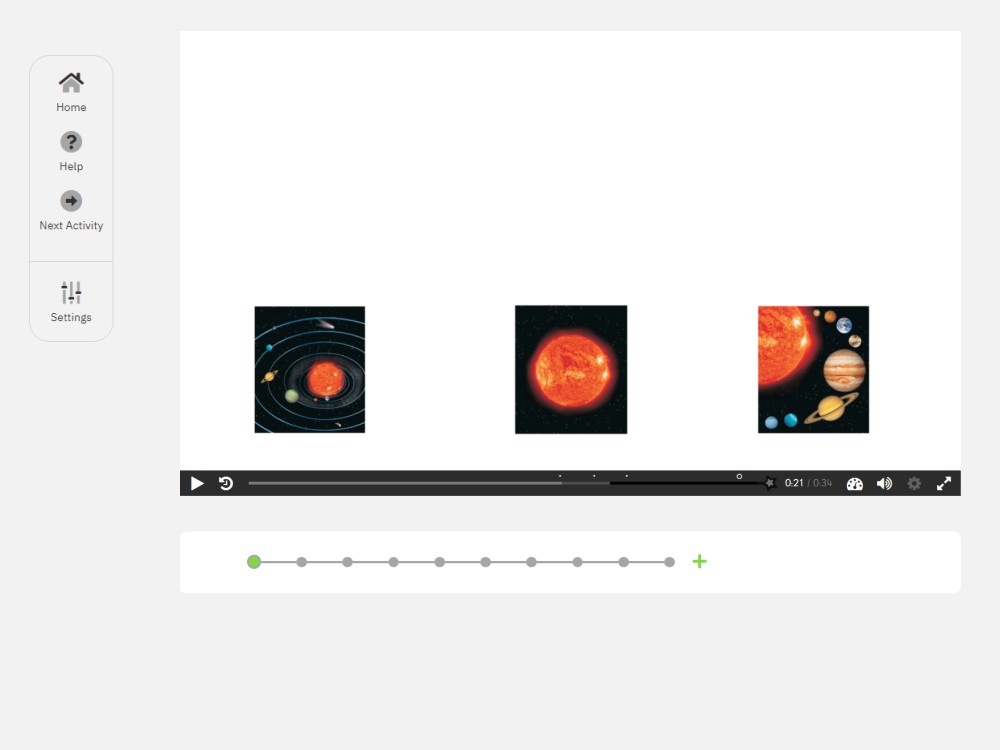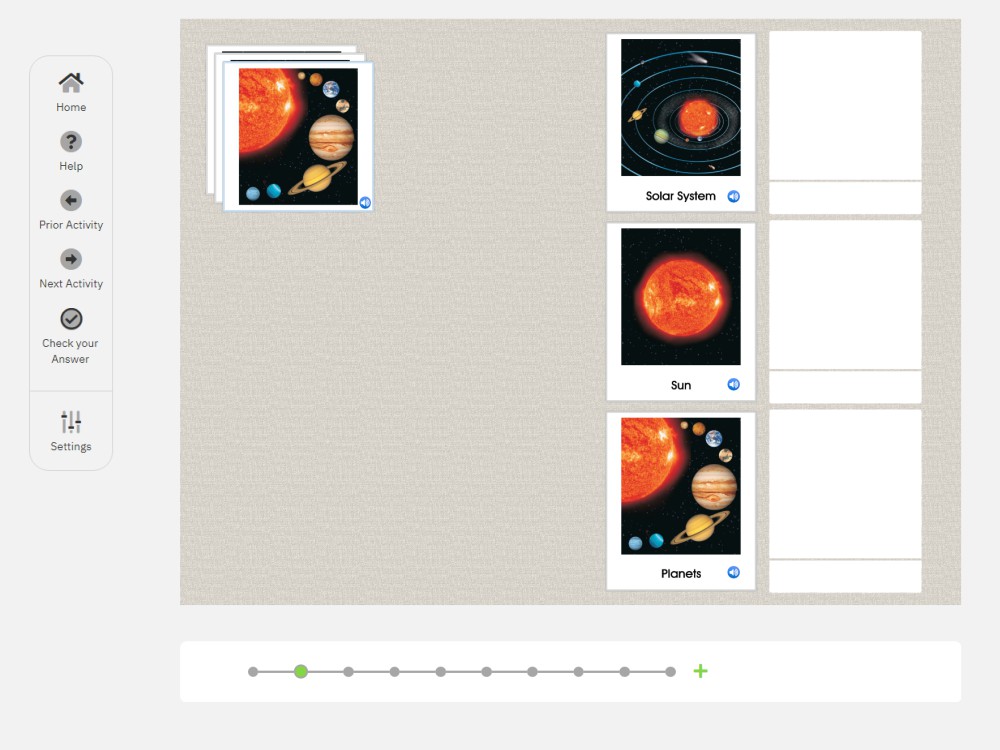Description
This material is part of the Montessori science curriculum for the primary level. Children are introduced to the concept of Solar System through sensorial experiences, followed by a formal introduction to the nomenclature. In the Montessori classroom, children are given the whole or a picture of the whole, then gradually are introduced to the parts. Thus, we begin with the Solar System as a whole, and then its parts. Working from the whole to a part is better than building up knowledge piece by piece. Therefore, the material introduces the Solar System with the Sun at its center since it is the most significant body in our Solar System, and the eight planets: Mercury, Venus, Earth, Mars, Jupiter, Saturn, Uranus, and Neptune. The nomenclature cards contain a picture, a label, and a control card for matching purposes. Descriptions can be found in the two booklets to learn facts about the parts.
Contents
Interactive Video Lessons
Digital Three-Part Cards
Solar system: Sun, planets, dwarf planets, Asteroid Belt, smaller solar system bodies
Planets, inner planets and outer planets, distance temperature, size composition, moons rings, rotation, revolution, gas
Sun: planets, temperature, size composition, rotation, revolution, solar winds
Mercury: distance temperature, size comparison, moons rings, rotation, revolution, gas, Caloris Basin crater
Venus: distance temperature, size comparison, moons rings, rotation, revolution, gas, think yellow cloud
Earth: distance temperature, size comparison, moons rings, rotation, revolution, gas, water cycle, support of life
Mars: distance temperature, size comparison, moons rings, rotation, revolution, gas, Mars’ special features
Jupiter: distance temperature, size comparison, moons rings, rotation, revolution, gas, Great Red Spot
Saturn: distance temperature, size comparison, moons rings, rotation, revolution, gas, spectacular rings
Uranus: distance temperature, size comparison, moons rings, rotation, revolution, gas, vertical axis
Neptune: distance temperature, size comparison, moons rings, rotation, revolution, gas, Great Dark Spot
Asteroid Belt: Asteroid Belt, Kuiper Belt, Scattered Disc, Oort Cloud, Asteroid Belt, Asteroid Belt Objects, Scattered Disc Objects, Oort Cloud Objects
Dwarf planets: Ceres, Pluto, Eris
Small solar system bodies: asteroids, meteroids, comets
Skills
-introduces knowledge about the Solar System
-aids in identifying the parts of the earth
-enriches vocabulary
-enhances classification skills
-promotes concentration
Prior Knowledge Recommended
Sensorial introduction to the Solar System
Recommended Age
3-6
Subjects
Solar System, Planets, Solar System Mat




